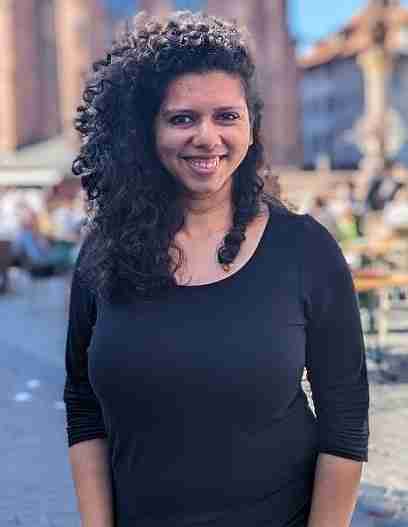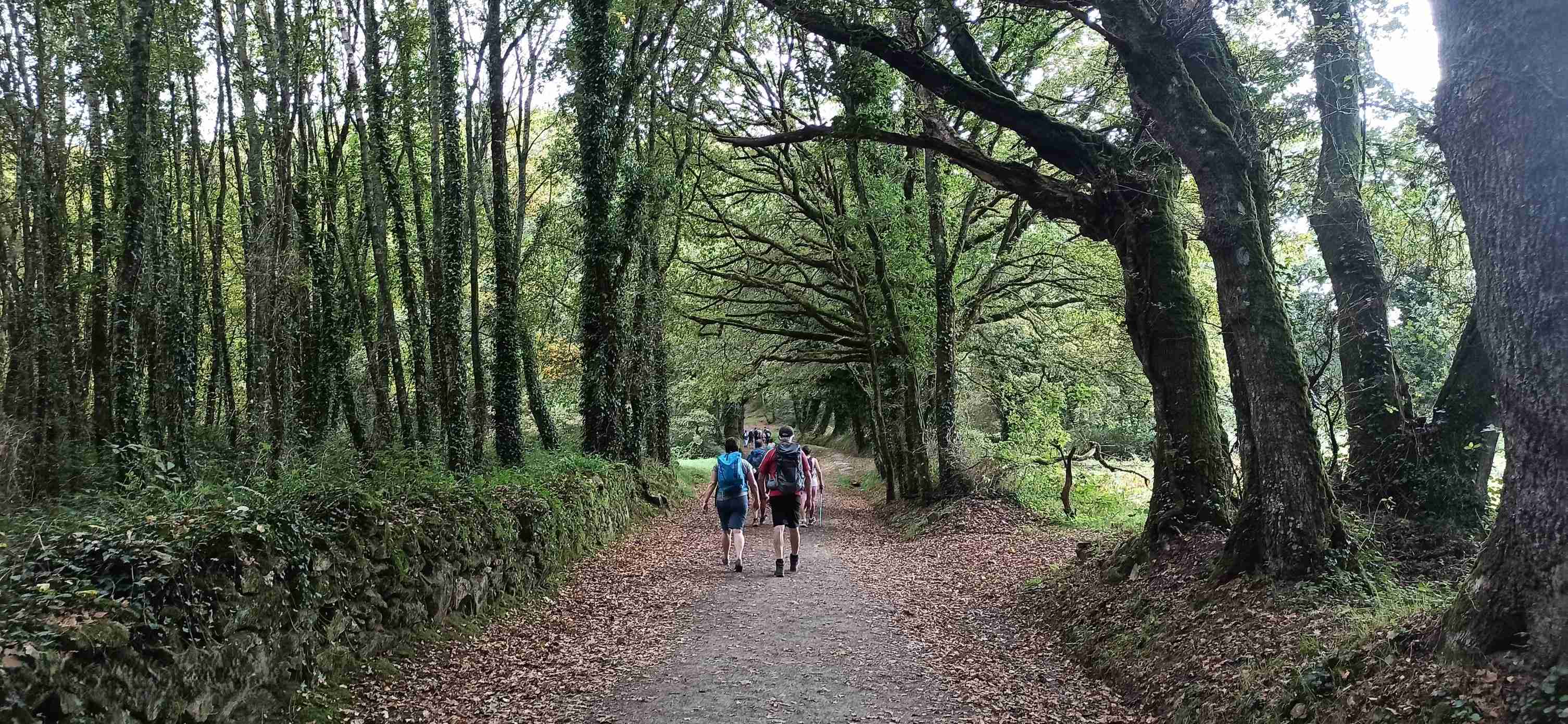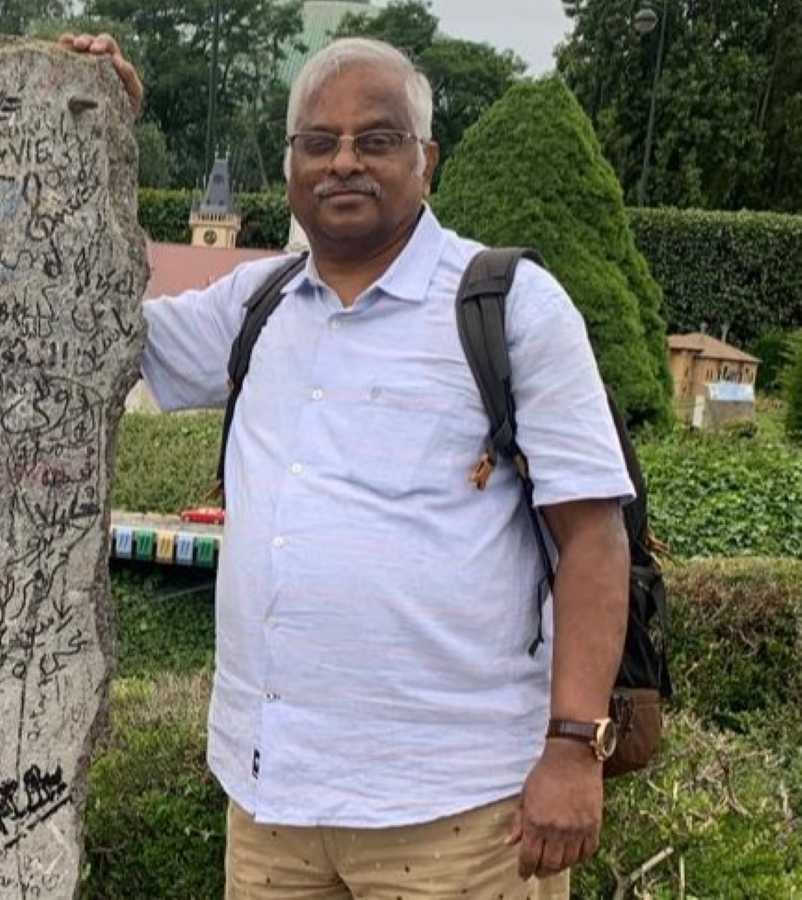Sheshagiri and Friends: Pre-Independence Memories of Belgaum
My father, who is now 95, was 12 when Swami and Friends was published in 1935 and Malgudi arrived in our collective psyche. The fictional town created by R.K. Narayan, where 12-year-old Swami lived and had many adventures, could well be the life of Sheshagiri and his siblings, growing up in Belgaum as the children of M. Ramabrahma, Headmaster of Sardar?s High School.
It was also twelve years to Independence. The crescendo was building and everyone was looking to Gandhi, Nehru and all the other giants who were steering India towards freedom.
Sheshagiri and friends were too young to be involved, but never too young to be informed. The Headmaster?s residence often hosted eminent writers and people from other fields who were known to the family, and conversations at home were lively and interesting. The most famous house guest was the well-known humourist and playwright, T.P. Kailasam, who wrote adroitly in both Kannada and English.
The children, evidently, soaked up a lot more information from just being around than their elders suspected. The happy consequence is that eight decades later, Sheshagiri, now a venerable but sprightly 95, shares vignettes of those times with his inquisitive family.
Life at the Headmaster?s House
Living at the Headmaster?s residence on the campus, Sheshagiri and his elder brother Pandurang , more or less lived the life of Swami and Friends, except that their father was the Headmaster!
Sheshagiri remembers vividly the large presence of trains in every day Belgaum life, They watched the train winding its way steamily down the countryside, as they played their games in a field near the Fort, and they often heard the siren wailing balefully, announcing an arrival or departure. Railway stations were easily accessible then and they often went to watch the exciting goings-on at the locomotive shed, like engine shunting (there was a turntable for the engines and it was manually operated). Of course, in the eyes of Sheshagiri, this was the most exciting job in the world.
The trains of those days, with steam engines and coaches that looked like they were taking Cinderella to the ball, were 30-seaters. Sometimes, they were 8-seaters, used by attendants of British officers travelling on duty or the servants of the rich Indians who would be travelling royally in First Class. Occasionally, even royalty travelled in these trains and the Mysore Maharaja?s guards, resplendent in their gear, added intrigue and fascination to the journey.
Belgaum Gets Electricity
When Sheshagiri was busy being a boy in the 1930s, Belgaum got electricity. It was in 1933, Sheshagiri reckons. Everyone welcomed it and embraced the power it gave them. They could go to the cinema, and stay out even after sunset.
Sheshagiri remembers the ?Lamp Lighters? who would come each evening to light the street lamps with their long sticks, at the end of which was a burning wick. Rather like the bitter-sweet poem, ?The Lamp Lighter?, by R.L.Stevenson in A Child?s Garden of Verses.
In Headmaster Ramabrahma?s home, the lengthening shadows beckoned the boys playing outside the house and the night fell on empty streets, barring a few stragglers who hurried home, and the lamplighter, whose ?day? was only just beginning.
Sardar?s High School in Belgaum, 2018.
Inside, it was time to light up the lamps. There were all kinds of lamps to choose from ? kerosene lamps, paraffin lamps. Not all rooms in the house were lit. The women finished up work in the kitchen as soon as they could in the daylight, and the family generally gathered in the living room, around a warm lamp. Sometimes, the servants lingered, keeping a light in the study for the Headmaster, who preferred to be among his books and papers.
Evening hours, therefore, were a time for sitting around a comforting lamp, and listening to stories. Their mother Venkamma, a lady of great wit who had delighted Mr. Kailasam with her talent for tri-lingual puns, regaled the children with stories of Kuppa-Kuppi, mythology, some flavourful Tamil folktales, and sometimes it was their elder sisters, Kokila, Mangala and Sushila who chased the monsters of the dark away for Pandu, Sheshagiri and their baby sister Vimala.
India Was Making Its Final Bid For Freedom
School, of course, went on, far removed from an India making its final bid for freedom. Outside, everywhere, the evidence was inescapable. After the Government of India Act was passed in 1935 granting partial autonomy to India, elections were held in 1936. The bus stand, the Mission High School Grounds, were the venues where Gandhi, Nehru, Kripalani came to campaign, and made speeches.
Sheshagiri and friends went to watch the pandals being put up, and he remembers glimpsing Gandhiji once. ?There were no policemen to regulate the crowds. It was all done by volunteers,? he remembers.
In 1939, Sheshagiri went to Solapur to join DAV college. He moved in with his uncle, Dr M.Subramanyam, who was the Health Officer of Solapur City. He had served in the World War and was now in charge of the city?s health and hygiene.
As an 18-year-old, Sheshagiri continued to plod away at his studies, but kept abreast of what was happening to India via newspapers, radio and soaking up like a sponge all the conversation going on around him. The drama of Salt Satyagraha, Quit India Movement was a reality, and Sheshagiri?s generation of young Indians kept abreast of issues, be it the Congress Party?s opposition to India joining the War Effort, or others who thought differently, like M.N.Roy, for instance. During the Quit India movement, schools and colleges were closed, Sheshagiri recalls.
Of Movies and Movie Stars
They enjoyed watching movies ? the English movies that came to town, as well as Indian films. Sheshagiri remembers with much amusement the movie Ben Hur, a silent movie reissued with background music. It featured Ramon Navarro. The original had cost $3.9 million, making it the costliest silent movie. The 1931 reissue added sound effects and music by the original composers Willian Axt and David Mendoza. Navarro was quickly given an Indian name, and referred to as ?Ramannavaru?!
The lack of film magazines that shared gossip about actors and other denizens of the industry didn?t mean people were disinterested in them. Their little whimsies and foibles, their private lives and romances or lack thereof, catching a glimpse of the stars or meeting them, were desirable goals to aspire to. The captivating Shanta Apte, a beauty who was also a great singer, was arguably the first femme fatale of the Indian silver screen. Long before Sharmila Tagore?s swimsuit outing, it appears a certain Ms Meenakshi Shirodkar had, way back in 1938, stunned and thrilled audiences singing ?Yamuna Jali Khelu Khel? wearing a swimsuit and sporting a two-plait style that instantly became the rage among teenage girls, in the film Brahmachari.
On August 15, 1947, Sheshagiri was in Chikmagalur, a coffee-growing district in Karnataka. His elder sister, Dr Kokila Ramabrahma, was posted there as the medical officer. Sheshagiri was to join the National Dairy Research Institute (NDRI) in November for his Diploma in Dairying. As India woke to freedom, this aspiring Dairy Officer watched all the Government buildings in Chikmagalur proudly hoist the National Tri-color.
When the first elections were held in 1952, Sheshagiri was unable to vote, but he was a full-fledged Dairy Officer, posted in Mangalore. He was the presiding officer for elections in one of the constituencies there.
Eight decades later, Sheshagiri sits, fiddling with his iPad, coaxing it to play M.S.Subbulakshmi?s ?Akhilandeshwari rakshamam?? or quietly pulling up Shante Hublikar?s song ?Kis liye kal ki baat?? with headphones on, and rhapsodies over Shata Apte in the 1930s film Duniya Na Maane. Our very own Forrest Gump, he now watches history unfold in an endless tableau of memories, and indulgently acquiesces when his family asks him for stories from his childhood and from his youth.
(Featured pic: Sheshagiri at the age of 17 and again in 2018).
Alladi Jayasri blogs at sweetkharacoffee. You may also want to read more about her father A.R. Sheshagiri?s college days here.
Comments
You may like to read:

People and stories
Defying borders with Indian classical music: From Indian subcontinent to Ireland

priyanka borpujari
11 mins read

People and stories
Age is Just a Number While Walking 120 kms on Camino De Santiago

Reshmi Chakraborty
10 mins read

People and stories
Breakfast Serial: Serendipitous breakfasts that would appeal to a king

ramesh mohanrangam
5 mins read


Post a comment